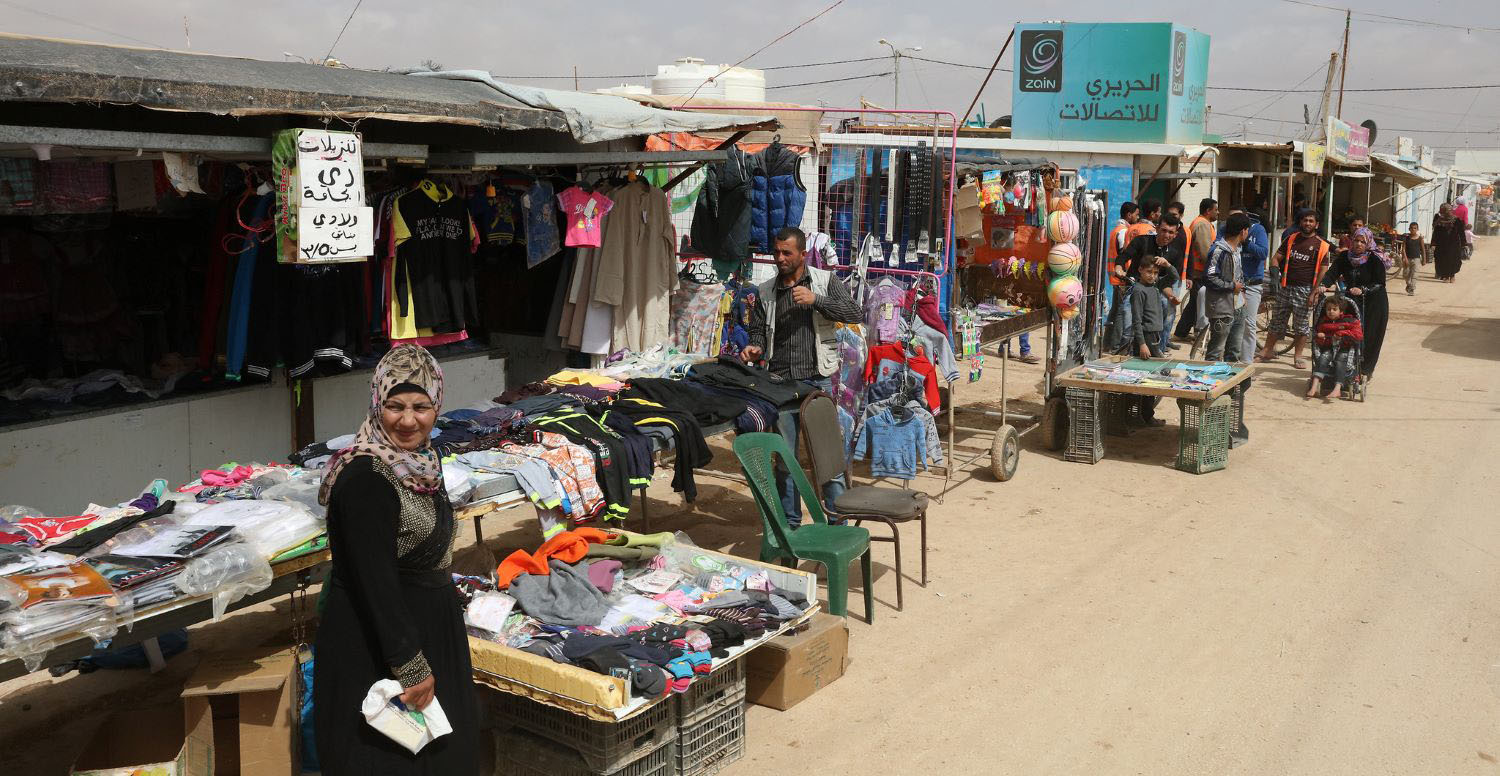Europe has been caught off guard by recent asylum-seeker arrivals, prompting what some have called a threat to the survival of the European Union. However, we have shown that Europe has admitted and integrated much larger numbers of refugees in the past. So why have countries been so overwhelmed this time around?
One major hurdle has been assessing the validity of such large numbers of asylum claims. Under the Universal Declaration of Human Rights, every individual has the right to seek asylum from persecution. In some situations an individual’s motivations for movement—and their accompanying designation under international refugee law—are relatively evident. This is not the case for many recent arrivals in Europe.
Migration and asylum policies: Where to draw the line
Why does the motivation matter? Migration and asylum policies differentiate people according to their motives for moving. The UN High Commission for Refugees has declared that “migrants are fundamentally different from refugees”: refugees are forced to move, while migrants do so by choice. This distinction in policy, which may reflect public opinion about our obligations to other people under international humanitarian law, is unfortunately being tested by claims that many current asylum seekers are really economic migrants in disguise. They stand accused of using the language of seeking asylum to disguise fundamentally economic motives for movement.
However, the policy distinction does not stand up to scrutiny. Wars and economic collapse go hand in hand. Migrants fleeing war zones are likely to be both escaping violence and the accompanying devastation of sustainable livelihoods. For example, an Eritrean migrant may be escaping both forced conscription and destitution in the 15th poorest country in the world. Furthermore, different segments of a single individual’s journey could reflect changing motives. Our colleagues at the Overseas Development Institute have shown that migrants are highly flexible, changing routes to account for setbacks or improved information. A Syrian asylum-seeker biding her time in the Calais “jungle” could have fled widespread violence at home, qualifying her for asylum in many European countries. However, her desire to move to the United Kingdom, rather than stay in France, could be based on other, more voluntary factors such as perception of economic opportunities and societal characteristics. Migrants will often have a complex mixture of reasons for leaving their homes, and these motives and priorities may change during their journey as they seek a place of safety.
The intrinsic interconnectedness of persecution, conflict, economic collapse, environmental degradation, and natural disasters makes it impossible to separate these motives for migration.
Policy fails to address entangled motivations
This brings us back to Europe’s struggle to process recent asylum claims. The difficulty of disentangling individual motives is only compounded by the unprecedented scale of arrivals over the past year. Unfortunately, the prevailing policy response has utterly failed to address the needs of those on the move. The most recent example of this is the EU-Turkey deal, which caused alarm among migrant and refugee rights advocates—most notably UNHCR—who refused to participate in the agreement apart from helping Syrians resettle in Europe. The broad-brush mandate that all migrants arriving in Greece via boats from Turkey should be turned away not only assumes a uniform motive for movement, but deprives asylum-seekers of their legal right to lodge an individual protection claim under the 1951 Convention.
Given the European Union’s recent plans to reform the Dublin Regulation (the policy determining which country is responsible for adjudicating asylum claims), it is even more important to have a more nuanced understanding of the mixture of motivations for international movement. The status quo has only yielded disagreement and inaction.
The world has pledged to protect those facing persecution, but these commitments do not extend to those whose lives are equally threatened by other causes. This is wrong. As Alexander Betts of the University of Oxford argues, international protection should be available to all people forced to leave their home because of a threat to their existence for which there is no domestic remedy or resolution. Such threats include not only persecution, but also conflict, natural disasters, environmental degradation, and economic collapse—all drivers of forced migration impossible to disentangle, both in theory and in practice. Offering protection only to those with a well-founded fear of persecution forces us to police a distinction that has no basis in either ethics or reality, and leaves those who flee conflict, natural disasters, environmental degradation and economic collapse with no way to secure a basic threshold of fundamental human rights.
Without challenging the protections rightly accorded to those granted formal asylum status, the international community must come together to develop a protection framework for all “survival migrants” facing existential threats at home. Such an agreement must include both explicit definitions of responsibilities and robust institutional mechanisms to safeguard protection rights. We applaud the International Organization for Migration’s recent establishment of the Migrants in Countries in Crisis Initiative (MCIC) as an important step towards this goal. Though a perceived expansion of the right to international protection may be politically unpopular, it would set a more practical boundary for policy implementation and, more importantly, better respect the universal human rights of people fearing for their lives.
Disclaimer
CGD blog posts reflect the views of the authors, drawing on prior research and experience in their areas of expertise. CGD is a nonpartisan, independent organization and does not take institutional positions.





